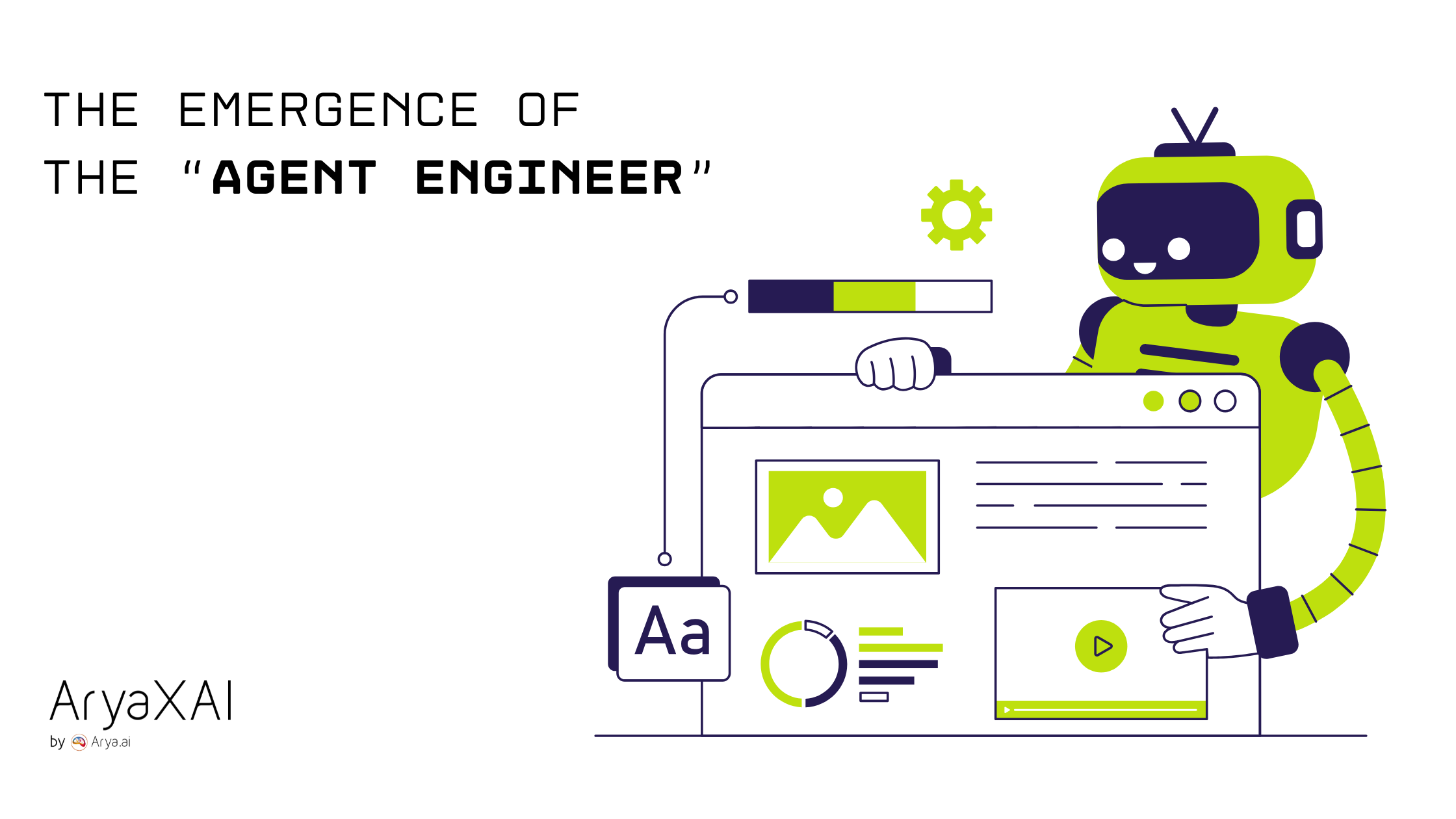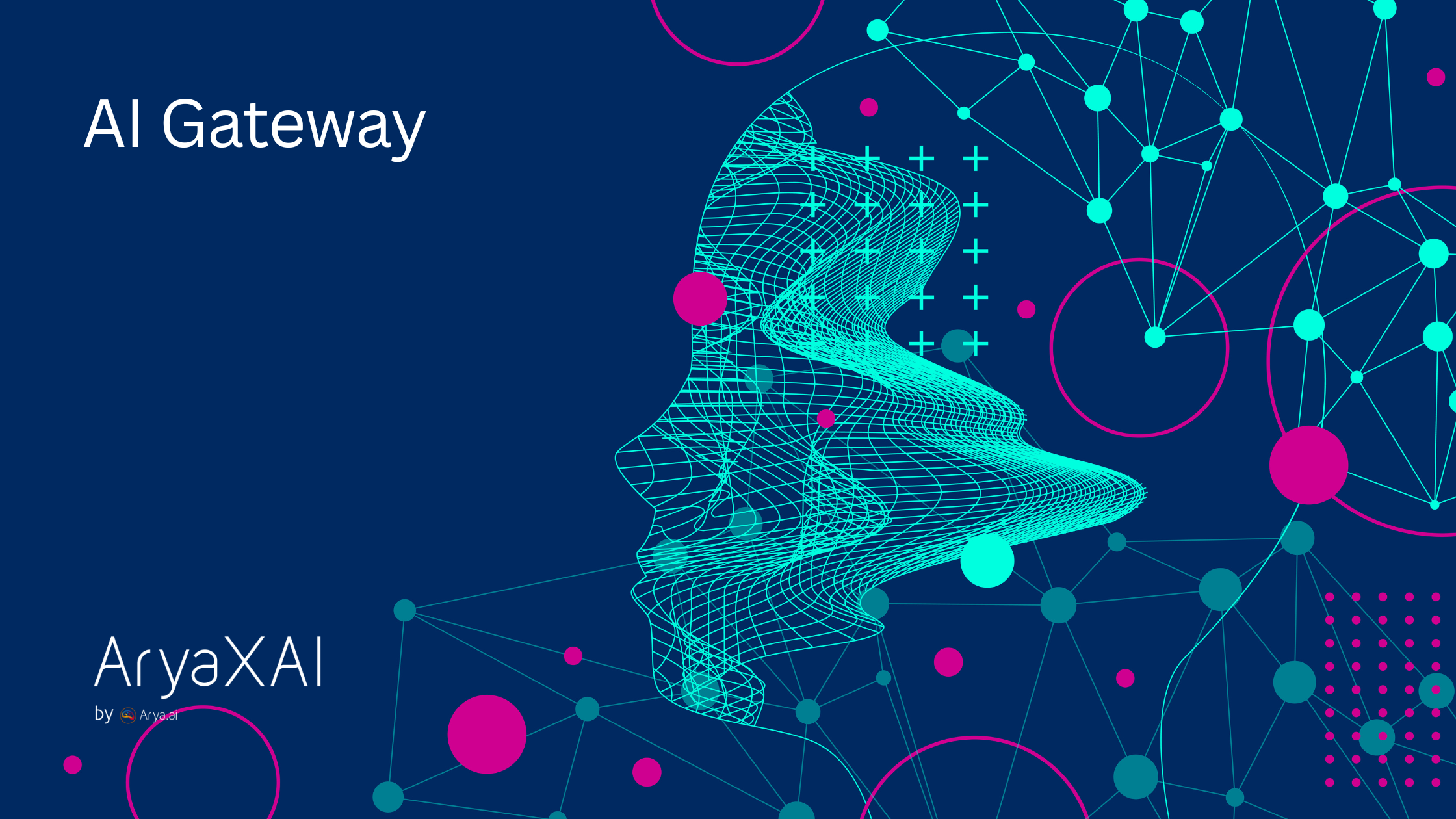From LLMs to Agents: The Emergence of the “Agent Engineer” in Real-World AI Systems
October 13, 2025

When large language models, or LLMs, initially burst into the mainstream, people perceived them as universal intelligence engines—able to respond to questions, streamline processes, and even decide. However, when companies started putting LLMs into production, they found there was an important reality: these models are strong, but not plug-and-play.
To turn LLMs into reliable pieces of business software, we require structure, observability, and reliability. It has been this understanding that has initiated a new field, agent engineering, which addresses the construction of AI agents that act, coordinate, and reason within specific constraints.
Why Agents, Not Just LLMs?
LLMs produce text; agents act on tasks - this is the difference that matters. Although one LLM might respond to a question, an agentic system can plan, choose, and engage with tools, databases, or APIs, managing context-rich, multi-step reasoning unavailable to static prompts. Agents are unique because they're capable of orchestrating tools through API calls, code execution, or database queries so that their responses are rooted in actual data; they use organized reasoning combined with goal-specific logic, constraints, and verification loops; they're autonomous and flexible by breaking down goals into sub-tasks and responding to evolving conditions; and they're auditable, with each decision and tool invocation recorded, tracked, and justifiable. This transition from text creation to task accomplishment signals the dawn of a new type of AI professional—the agent engineer.
The Agent Engineer: A Hybrid Discipline
The emergence of agentic systems has given rise to a new technical role — the agent engineer — a professional who stands at the intersection of artificial intelligence, software engineering, and systems design. Unlike traditional machine learning engineers who primarily focus on training and deploying models, agent engineers are responsible for building the full operational stack that allows intelligent agents to reason, act, and adapt in dynamic environments. They design, orchestrate, evaluate, and maintain complex AI-driven workflows where LLMs interact with tools, APIs, and real-world data systems.
At the core of this role lies a deep understanding of system architecture. Agent engineers design scalable pipelines, manage integrations, and create structured interfaces that allow agents to interact with data stores, APIs, and downstream services. They must think modularly — ensuring that every agent or sub-agent can communicate seamlessly while maintaining performance and reliability.
Another critical responsibility is machine learning evaluation. Agent engineers must continuously monitor how agents perform across multiple dimensions, including response accuracy, latency, hallucination rates, and tool utilization efficiency. This involves building evaluation pipelines that can measure not just single-model outputs but the entire system’s ability to complete real-world tasks effectively and consistently.
Equally important is product and domain knowledge. Agent engineers must understand the business context their systems operate in — from customer support and financial analysis to healthcare diagnostics. This ensures the agent’s behavior aligns with organizational goals, complies with domain-specific regulations, and provides meaningful value to end users.
Finally, agent engineers play a crucial role in governance and safety. They establish guardrails such as validation layers, ethical constraints, and rate-limiting mechanisms to prevent unintended behavior or misuse. By embedding governance into the architecture itself, they ensure that agents operate responsibly within defined boundaries while maintaining transparency and auditability.
In essence, agent engineers think like software architects but debug like data scientists. They bridge creativity and control — transforming abstract model capabilities into structured, observable, and trustworthy systems. This hybrid discipline represents the next evolution in AI infrastructure, where intelligence is not just trained but engineered for reliability, accountability, and real-world impact.
1. Evaluation Is Everything
Creating an agent prototype is relatively easy, but ensuring it performs reliably across diverse use cases is far more complex. Evaluation must go beyond model-level accuracy to measure end-to-end task completion, context retention, and decision consistency. Tracking metrics such as task success rate, tool selection accuracy, and execution latency helps quantify how well the agent performs in real-world scenarios.
2. Observability Is the Backbone
Agents are dynamic systems with multiple moving parts—prompts, retrieval calls, APIs, and reasoning chains. Without proper observability, failures can remain hidden. Every interaction, including prompts, tool calls, decisions, and responses, should be logged and traceable. Implementing structured logging, dashboards, and alerts allows teams to quickly diagnose issues, identify bottlenecks, and monitor drift in performance.
3. Structured Data Enables Smarter Agents
Even the most advanced agent struggles if the underlying data is messy or unorganized. Agents rely on well-curated, contextual, and structured data to make accurate and grounded decisions. Maintaining high-quality knowledge stores, indexed retrieval systems, and metadata tagging reduces hallucinations and improves reasoning consistency.
4. Guardrails and Fail-safes Are Non-Negotiable
Autonomy without control can be risky. Agents that act without validation or fallback mechanisms can create operational or reputational issues. Each step of the agent’s workflow should include checks, validation layers, and contingency plans. By defining safe defaults, agents can gracefully handle API failures or misfires instead of producing random or unverified outputs, ensuring reliability and trust.
5. Collaboration Beats Isolation
No single tool covers the full agent lifecycle—from orchestration and evaluation to monitoring and governance. High-performing teams integrate specialized tools and frameworks into a cohesive ecosystem. Combining open-source libraries, evaluation frameworks, and observability platforms allows flexibility while maintaining oversight across the entire agent workflow.
A Practical Example: AI Agent for Field Operations
Consider an AI agent designed to support industrial maintenance teams. When an engineer reports a machine fault using voice input, the agent first interprets the request and determines the intent. It then retrieves relevant knowledge, including maintenance manuals, past logs, and sensor data, to ground its recommendations. Next, the agent executes actions such as creating a repair ticket and automatically scheduling an inspection. In more complex scenarios, it performs decision chaining—for instance, if a recurring error is detected, it cross-references historical patterns to suggest targeted solutions. Human engineers review the agent’s actions, providing feedback that updates future behavior, while the system continuously monitors which suggestions succeed or fail, guiding ongoing fine-tuning. Each of these steps demands careful orchestration, robust monitoring, and meticulous data management—hallmarks of true agent engineering.
Conclusion: Engineering Intelligence with Intent
The rise of the agent engineer marks a critical inflection point in the AI era. As models grow more capable, the challenge is no longer what they can do—but how reliably they can do it.
Agent engineering brings discipline, visibility, and accountability to this landscape. It transforms experimentation into deployment, and abstract intelligence into tangible value.
In the years ahead, the most impactful AI systems won’t just be smart—they’ll be well-engineered, well-observed, and well-governed. The agent engineer will be at the center of that transformation, building the connective tissue between human intent and machine action.
SHARE THIS
Discover More Articles
Explore a curated collection of in-depth articles covering the latest advancements, insights, and trends in AI, MLOps, governance, and more. Stay informed with expert analyses, thought leadership, and actionable knowledge to drive innovation in your field.

Is Explainability critical for your AI solutions?
Schedule a demo with our team to understand how AryaXAI can make your mission-critical 'AI' acceptable and aligned with all your stakeholders.



.png)




















